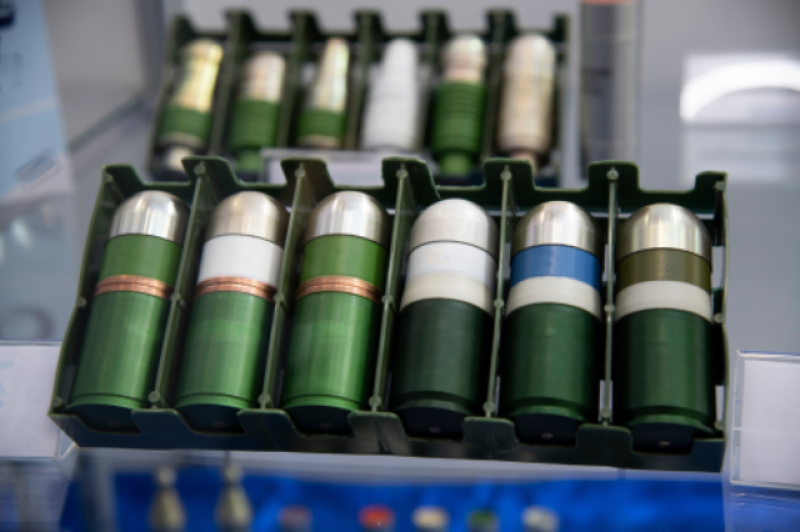- Fakhrul condemns attacks on media, calls for unity, justice |
- 2 cops among 4 hurt in clash outside Indian Assit H.C. in Ctg |
- Inqilab Moncho urges people to avoid violence |
- Hadi’s death: Prothom Alo, Daily Star offices set afire |
- সন্ধ্যায় পৌঁছাবে হাদির মরদেহ, জানাজা শনিবার |
The corruption pipeline feeding global violence

A network of soldiers allegedly sold over 150,000 rounds of ammunition and 2,000 barrel-fired grenades to a guerilla faction between 2019 and 2021. - Shutterstock
As armed conflicts intensify, defence spending surges and organised crime becomes increasingly sophisticated, a new report by Transparency International Defence and Security and Transparency International US reveals a critical but overlooked threat: corruption is enabling weapons to fall into the wrong hands on a global scale.
The new analysis based on over 400 documented cases of diversion across 70 countries, Under the Radar: Corruption’s Role in Fuelling Arms Diversion shows how bribery, embezzlement and abuse of authority consistently drive illicit weapons flows, undermining peace and fuelling violence. This threatens the very security that defence systems are meant to uphold.
The report lands at a moment of heightened global concern over the risks of weapons ending up in the wrong hands – insurgents, militias and criminal gangs. Unchecked arms diversion undermines security, development and democratic legitimacy worldwide. It leads to more conflict, more crime and more civilian suffering.
The report’s findings are stark. It reveals that the most common type of corruption-fuelled diversion is the theft or embezzlement of state-owned weapons for private gain.
Corruption facilitates diversion at each stage of a weapon’s lifecycle, including production, international transfers, active use and storage and disposal. The active use and storage phases showed the highest risk.
Many of the corruption-fuelled diversion cases resulted in devastating consequences for civilians. In more than 200 cases, military or security personnel reportedly colluded with illicit actors such as insurgents or extremist groups to divert weapons, causing directly or indirectly hundreds of deaths and injuries.
This is not a pattern from the past. The report describes how today, in regions from the Sahel to Eastern Europe, diverted arms continue to exacerbate armed conflict and violence and erode trust in state institutions.
But this can change. With the right political will, policy reform and international collaboration, we can break the chain between corruption and conflict.
Despite growing recognition of corruption’s corrosive effect on arms control policies, it has often been sidelined in efforts to assess the risks of arms diversion. This is akin to a detective ignoring key clues in a recurring crime.
But there are key ways countries that export or import arms can act to tackle this form of corruption. First, they need to embed corruption risk assessments into national arms control frameworks, using tailored guidance on defence and security governance. Second, they need to strengthen international cooperation by sharing corruption-related risk data through the Arms Trade Treaty and related forums. And finally, they should support long-term research and institutional reform, including development aid that builds the integrity of security institutions in fragile contexts.
These steps are vital not just to stop arms from going astray but to prevent corruption from fuelling the very conflicts they are meant to contain. Now is the moment to act – before another shipment disappears, another official is bought and another community pays the price. – Transparency International

